Rising Urbanization
The Global Food Waste Disposer Market Industry experiences a notable surge due to increasing urbanization. As more individuals migrate to urban areas, the demand for efficient waste management solutions escalates. Urban centers often face challenges related to waste disposal, leading to a growing acceptance of food waste disposers as a practical solution. In 2024, the market is projected to reach 2.89 USD Billion, reflecting the need for innovative waste management technologies in densely populated regions. This trend is expected to continue, with urbanization potentially driving the market towards a valuation of 5 USD Billion by 2035.
Government Regulations
Government regulations aimed at reducing food waste significantly impact the Global Food Waste Disposer Market Industry. Many countries are implementing policies that encourage sustainable waste management practices, including the use of food waste disposers. These regulations often include incentives for households to adopt such technologies, thereby promoting their usage. As governments recognize the importance of managing food waste, the market is likely to benefit from supportive policies that facilitate growth. This regulatory environment could contribute to the market's expansion, aligning with global sustainability initiatives.
Environmental Awareness
Growing environmental consciousness among consumers significantly influences the Global Food Waste Disposer Market Industry. Individuals are increasingly aware of the environmental impacts of food waste, prompting a shift towards sustainable waste management practices. Food waste disposers offer a viable solution by reducing landfill contributions and promoting composting. This heightened awareness is likely to contribute to a compound annual growth rate of 5.11% from 2025 to 2035, as more households adopt these devices. The integration of food waste disposers into daily life aligns with broader sustainability goals, making them an attractive option for environmentally conscious consumers.
Technological Advancements
Technological innovations play a crucial role in shaping the Global Food Waste Disposer Market Industry. Manufacturers are continuously developing advanced models that enhance efficiency, reduce noise, and improve energy consumption. For instance, newer disposers feature improved grinding mechanisms and smart technology that allows users to monitor waste disposal remotely. These advancements not only make food waste disposers more appealing to consumers but also contribute to their growing market share. As the industry evolves, the introduction of smart disposers is expected to attract tech-savvy consumers, further driving market growth.
Convenience and Lifestyle Changes
The Global Food Waste Disposer Market Industry is also driven by changing consumer lifestyles that prioritize convenience. As more households seek efficient solutions for managing food waste, food waste disposers emerge as a practical choice. The ease of installation and operation appeals to busy consumers who prefer hassle-free waste management options. This trend is particularly pronounced in urban areas where space is limited, and traditional composting methods may not be feasible. As consumer preferences evolve, the market is poised for growth, reflecting the increasing demand for convenient waste disposal solutions.


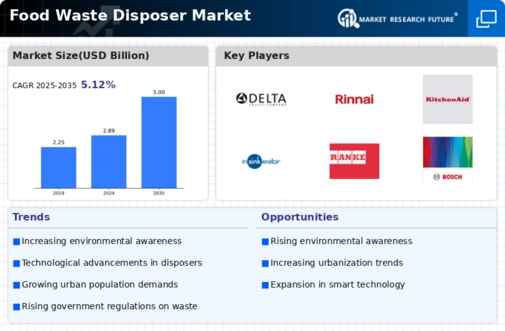
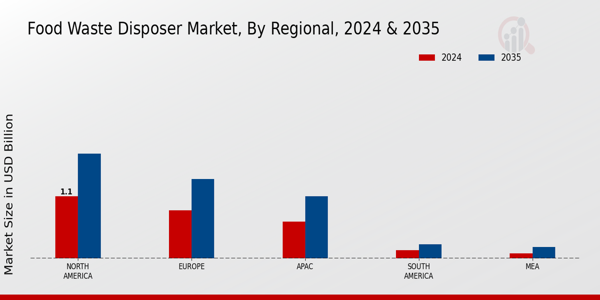

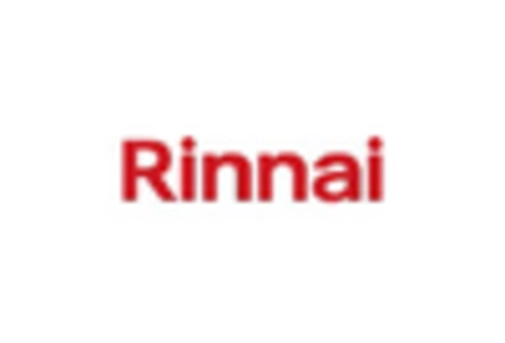






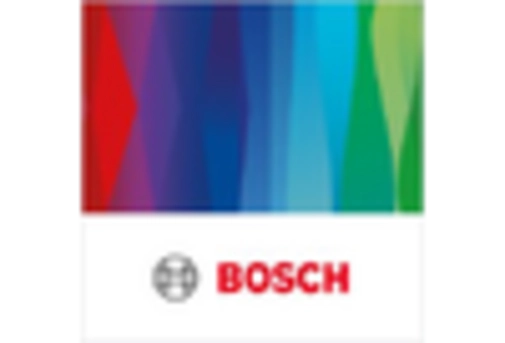
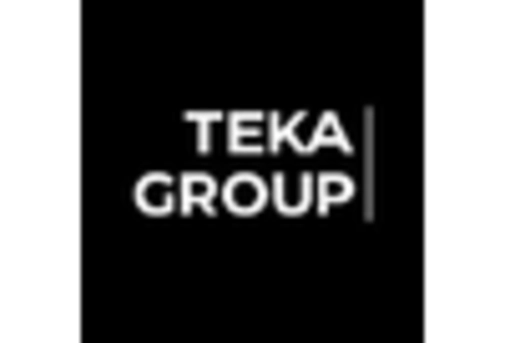










Leave a Comment